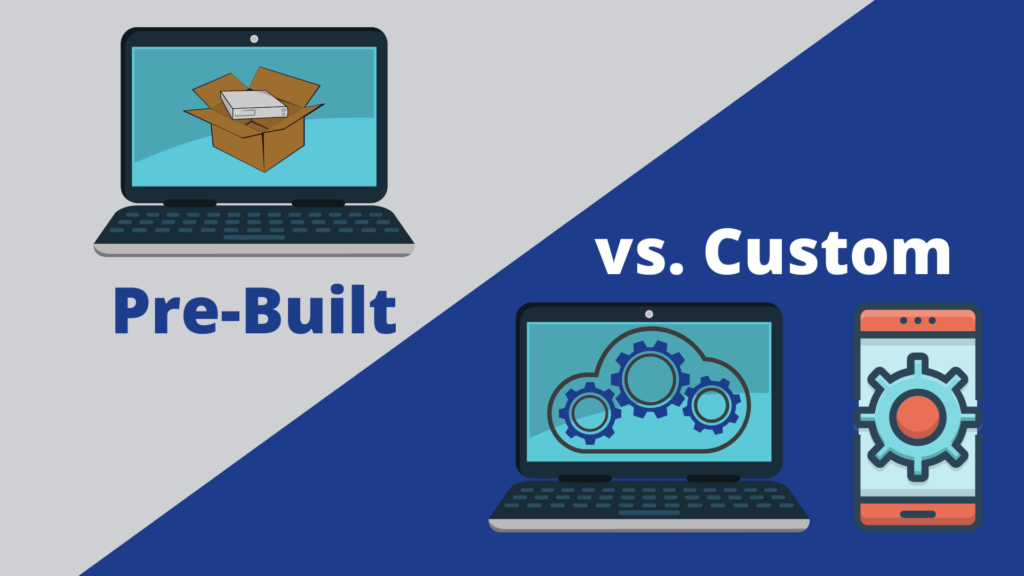Every field management team understands the common issue of tools disappearing. It’s not unusual for a hammer or a drill to go missing from time to time. However, when these minor losses are compounded across multiple crews, jobsites, and months, the financial impact of tool loss becomes a subtle drain on profitability that most teams fail to quantify. The reality is that tool shrinkage encompasses more than just misplaced equipment; it represents wasted labor, re-procurement expenses, project delays, and demoralized field teams.
Hidden Costs Behind Every Missing Tool
When a tool disappears, there is a chain reaction that rarely gets tracked. Someone has to stop what they are doing to find a replacement. A purchase order must be re-issued. A foreman wastes time asking who used it last. Multiply that by hundreds of tools across multiple sites, and it is not uncommon for mid-sized contractors to lose tens of thousands of dollars each year without realizing it.
The direct loss, meaning the cost of the tool itself, is usually the smallest part of the equation. The indirect costs are where the damage really happens.
The Math Adds Up Fast
Let’s take a conservative example. Suppose a company runs 10 active crews, each using around $25,000 in small tools and consumables over a year. If even 10 percent of that inventory goes unaccounted for, that is $25,000 lost annually. Add in 100 hours of administrative time chasing down replacements and processing unplanned purchase orders, and the real cost could approach $35,000 to $40,000.
Now imagine that this is not a one-time event. It happens every year. Over five years, that is roughly $200,000 in silent erosion of margin, often hitting the most labor-intensive trades the hardest.
Why Construction Shrinkage Is So Persistent
Tool shrinkage in construction is rarely theft in the traditional sense. It is entropy. Tools move quickly between jobsites, pickup trucks, and storage yards. Tracking spreadsheets get outdated after the first week. Field supervisors do not have time to log serial numbers manually. When responsibility is spread across dozens of people, no one owns the loss.
Traditional inventory systems rarely help either. They are built for warehouses, not for field operations. By the time an item is checked out, used on a job, and returned, the paper trail is already broken.
A Smarter Way to Quantify and Cut Shrinkage
The first step toward reducing loss is visibility. You cannot fix what you cannot measure. A good starting point is to estimate your shrinkage rate using three simple inputs:
- Total tool inventory value (what your company owns)
- Average annual spend on replacements
- Administrative hours spent on replacements or audits
With just those numbers, you can estimate your shrinkage percentage and translate it directly into a dollar impact. From there, you can model ROI improvements by simulating even modest reductions, such as 20 percent fewer losses through better tracking and accountability.
For most contractors, that is the difference between treating tools as a sunk cost and managing them as valuable assets. Companies that formalize their tracking — whether through barcode scans, tool check-in/check-out systems, or ERP integrations — typically report 25 to 35 percent lower shrinkage within a year.
The Cultural Shift Behind Accountability
Beyond the software or process, what really drives results is culture. When field teams see that accountability does not mean punishment but efficiency, they start to buy in. Supervisors stop wasting mornings hunting for equipment. Procurement stops re-ordering what is already owned. Finance stops guessing at write-offs. Everyone benefits.
And because accountability builds trust, it also enables growth. When you can accurately forecast your small-tools budget and job costing, you can bid more competitively and still protect margin.
Quantify Your Own Tool Loss Impact
Even if you are not ready to overhaul your process, try running the numbers. You might be surprised by the scale of your invisible losses. Start by calculating your shrinkage rate and total annual cost of replacement. From there, imagine cutting that number by 30 percent. What would that mean for your bottom line?
Estimate Your Annual Tool Loss
Get a quick estimate of your yearly tool-related losses, including time and replacement costs.


